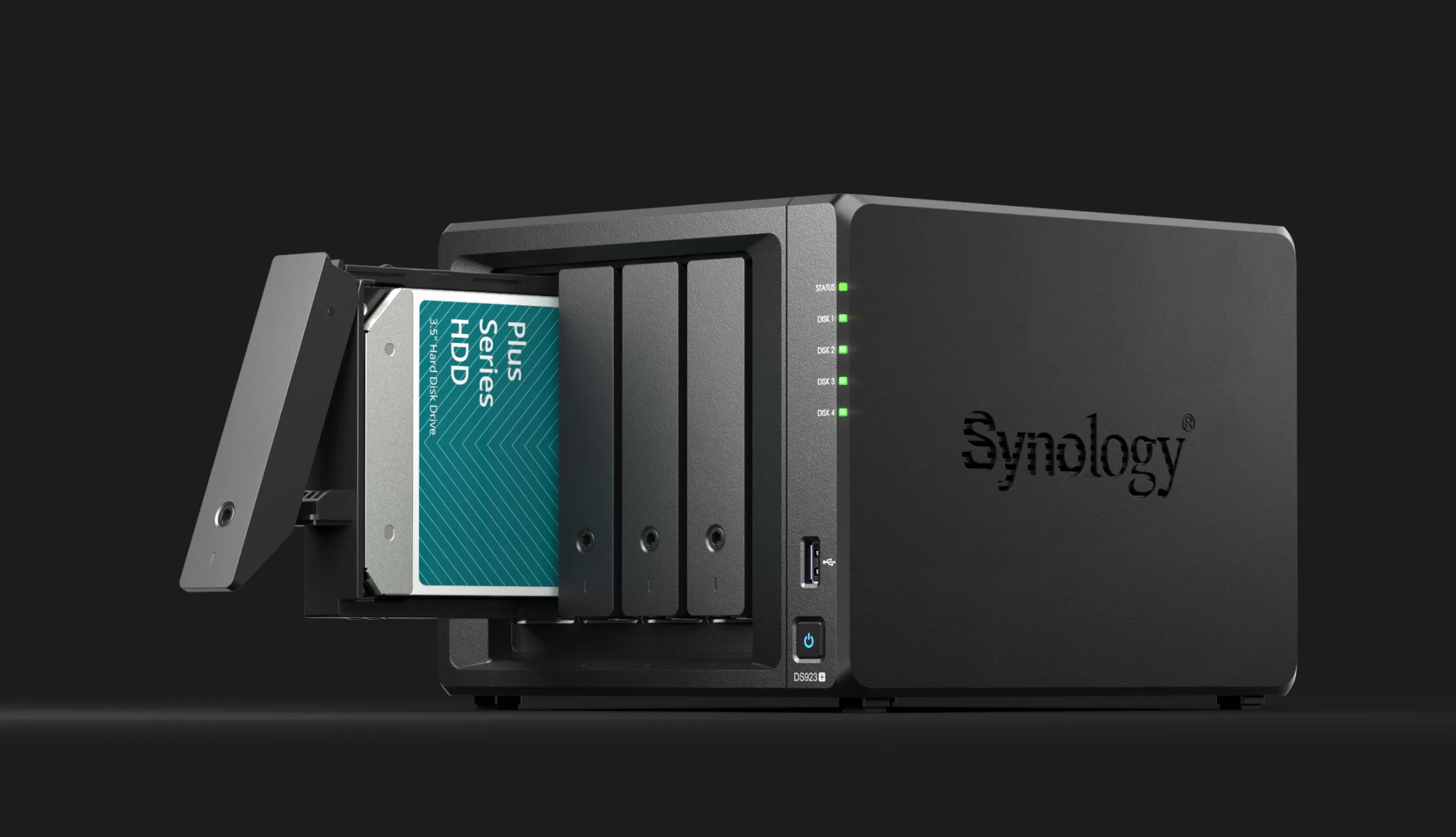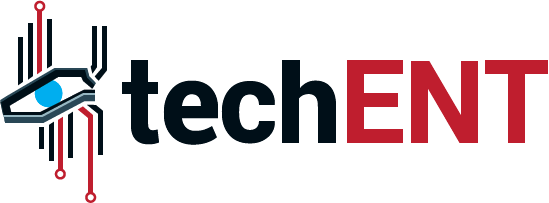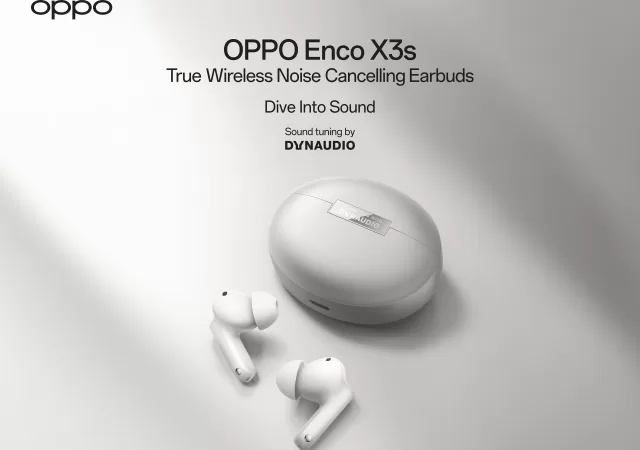Synology, a stalwart in the NAS arena, has stirred the pot with its recent decision to mandate “certified” hard disk drives for its newer Plus Series NAS units. While the company frames this as a move towards enhanced reliability and optimised performance, a more critical examination reveals a strategy with potential downsides for its user base, particularly those who value flexibility and cost-effectiveness.

The core argument from Synology centers on the intricate relationship between modern storage devices and the NAS operating system. They posit that their branded drives undergo stringent testing and firmware tuning to ensure seamless interoperability with their hardware and DSM. This, they claim, mitigates potential compatibility issues, optimises power management, and enhances overall system stability. While the technical merit of such tightly integrated ecosystems cannot be entirely dismissed, the inherent limitation on user choice warrants closer scrutiny.
One cannot ignore the potential for vendor lock-in that this approach introduces. By restricting drive compatibility to their “certified” options, Synology effectively controls a significant portion of the aftermarket for storage upgrades and replacements within their ecosystem. This diminishes the user’s ability to leverage price competition and select drives based on individual needs and preferences. Historically, the DIY nature of NAS solutions has been a key draw for many users, offering the flexibility to balance capacity, performance, and budget according to their specific requirements. This move subtly erodes that control.
Furthermore, the long-term cost implications remain a significant concern. While Synology may initially offer competitive pricing on their certified drives, the reduced competition in the long run could lead to inflated prices for storage upgrades. Users who have invested in Synology’s ecosystem may find themselves tethered to the company’s pricing structure for essential components.
From a technical standpoint, while Synology emphasises firmware-level optimisations, the extent to which these proprietary tweaks offer a tangible advantage over well-regarded enterprise-grade drives from established manufacturers remains to be seen. Independent testing and real-world user experiences will be crucial in validating Synology’s claims of superior reliability and performance. Without transparent data and comparative benchmarks, users are left to rely on the manufacturer’s assertions.
Moreover, the timing of this decision coincides with increasing storage demands and the growing need for cost-effective scalability. By limiting drive choices, Synology risks alienating users who require large storage capacities at competitive prices, potentially driving them towards alternative NAS solutions that offer greater hardware flexibility.
Ultimately, Synology’s foray into a more curated hardware ecosystem presents a complex equation for its user base. The promise of tighter integration and streamlined support must be weighed against the tangible limitations on hardware selection and the potential for increased long-term costs. The coming months and years will reveal whether the benefits of this controlled approach genuinely outweigh the inherent appeal of an open and flexible NAS environment. For prospective and current Synology users, a careful evaluation of their individual storage needs and a keen eye on the evolving landscape of certified drive availability and pricing will be paramount.





